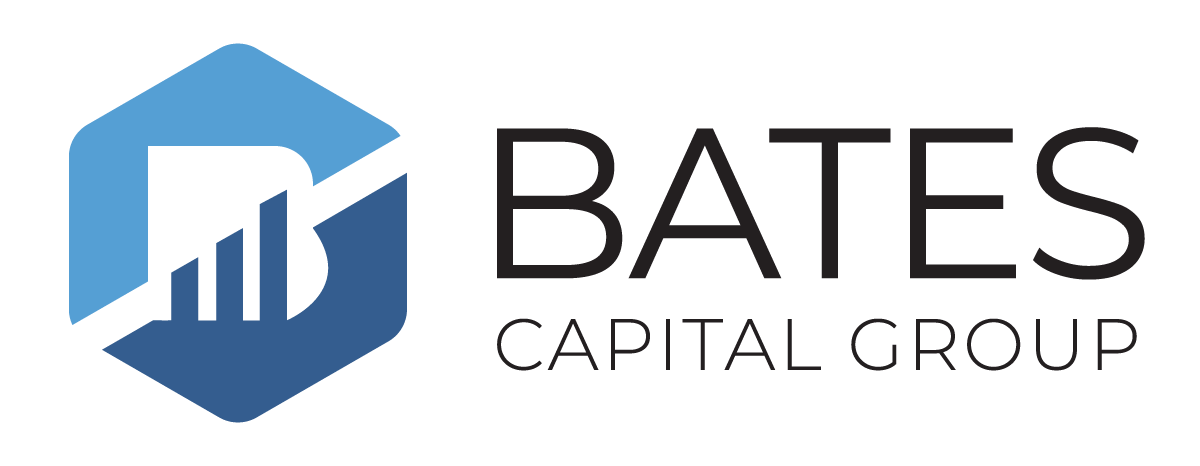Inflation is a portfolio killer – well, for certain portfolios. Since the beginning of the year, inflation has been on a rampage, breaking decades-long records. In June, inflation hit another 40-year record when it hit 9.1%. Inflation has thrown some big punches since the beginning of the year, and the Fed hasn’t wasted time with counterpunches of its own.
Last week, the Fed raised interest rates for the fourth time this year, increasing the overnight interest rate by 0.75% for the second time in a row. So far, the higher interest rates haven’t made a dent as inflation continues to rage. And if government spending continues to be out of control, you can expect more of the same with inflation.
What could all of this mean for your portfolio?
Well, you only have to look to recent and remote history for a clue as to what to expect. As for recent history, the Dow is down more than 10% on inflation woes and recession fears. And if the distant past is any indication, a 10% drop is just the beginning of the pain investors with portfolios allocated to stocks can expect.
Why can we expect stocks to plunge even further?
It all starts with the Fed and rising interest rates. What’s the reasoning behind the Fed raising interest rates? The logic behind raising interest rates is that by raising the cost of borrowing, the Fed hopes to curb both consumer and business spending to cool demand. Cooling demand should lead to slowing inflation. As demand goes down, so should prices. The question is, how long will it take before prices respond?
If history is any indication, it could be quite a while before inflation gets under control. The late ’70s was the last time inflation was this high. Inflation wasn’t the only similarity. The nation experienced high fuel costs in the ’70s as well.
In late 1979, a new Fed chief was explicitly appointed to tackle inflation to get a handle on inflation. The full-scale war on inflation waged by the new chief was not without side effects. The Fed’s aggressive rate hikes resulted in not one but two recessions – one in 1980 and another from 1981-1982. During those recessions, unemployment reached as high as 11%. We could be in for more of the same with major corporations like Tesla and Walmart already announcing massive layoffs on the horizon.
What about the effect on stock portfolios in the ’80s? As interest rates rose and demand fell because of the high cost of borrowing, corporate bottom lines were hit by reduced consumer and business spending, negatively impacting stock prices. During the 1980 recession, the S&P 500 fell 19.83% from its highest point. During the 1981-1982 recession fell 28.39%.
Imagine planning to retire in the early 1980s and relying on retirement accounts heavily allocated to stocks at the time. A retiree with $100,000 in their stock portfolio at the beginning of the 1980s likely had ⅓ less for their retirement by the end of 1982. That’s a huge loss in a short amount of time – a loss that is impossible to recover, especially for a retiree who can no longer work.
Inflation is a portfolio killer; the knee-jerk reaction is to take your money out of the stock market and hide it. Don’t be fooled – this is not a sound strategy. Investors with the mistaken belief that hiding their money away in a CD, a Money Market Account (MMA), a high-yield savings account (HYSA), or in treasuries could be in for a rude awakening. The problem is that investors fail to consider the destructive nature of inflation.
Putting money in a CD, MMA, HYSA, or treasury that pays at best 3.35% (5-year CD) results in an annual loss of 5.57% when factoring in current inflation rates. That’s not exactly a sound strategy for surviving inflation.
So, what can you do to protect your portfolio from inflation?
Start by changing your mindset. Instead of merely asking yourself how to survive inflation, why not ask yourself how you can thrive in the face of inflation? How is that possible?
Just look back at the past year and the assets that have kept pace or even exceeded inflation. What about rents and home prices? Ring a bell? It should be because the rapid rise of rents and home prices have been all over the news in the past year. And there is your key to surviving inflation and thriving in the face of it.
Smart investors allocate to assets that leverage inflation – assets that keep pace or exceed inflation. How do they do this?
- They invest in goods and services that are certain always to have demand – goods like shelter, food, and fuel.
- They invest in alternative assets like commercial real estate and private companies (i.e., private equity) insulated from Wall Street volatility and uncertainty.
- They invest for the long-term, where short-term dips are ironed out over time.
- They invest for passive income to generate certain and reliable cash flow.
- They invest in assets that preserve capital and, in some cases, grow capital.
The ideal inflation-busting assets are assets tied to essential goods and services. As wallets get pinched, consumers prioritize their expenditures away from luxuries and more towards necessities. Allocating to assets that revolve around consumers’ essential needs, such as shelter, will best insulate a portfolio against the destructive effects of inflation by generating cash flow and underlying appreciation that keeps pace with or exceeds inflation.
Besides the financial benefits, the peace of mind that inflation-insulated cash flow offers to counter the fear of job loss is invaluable.
This is the blueprint for insulating your portfolio against inflation.




